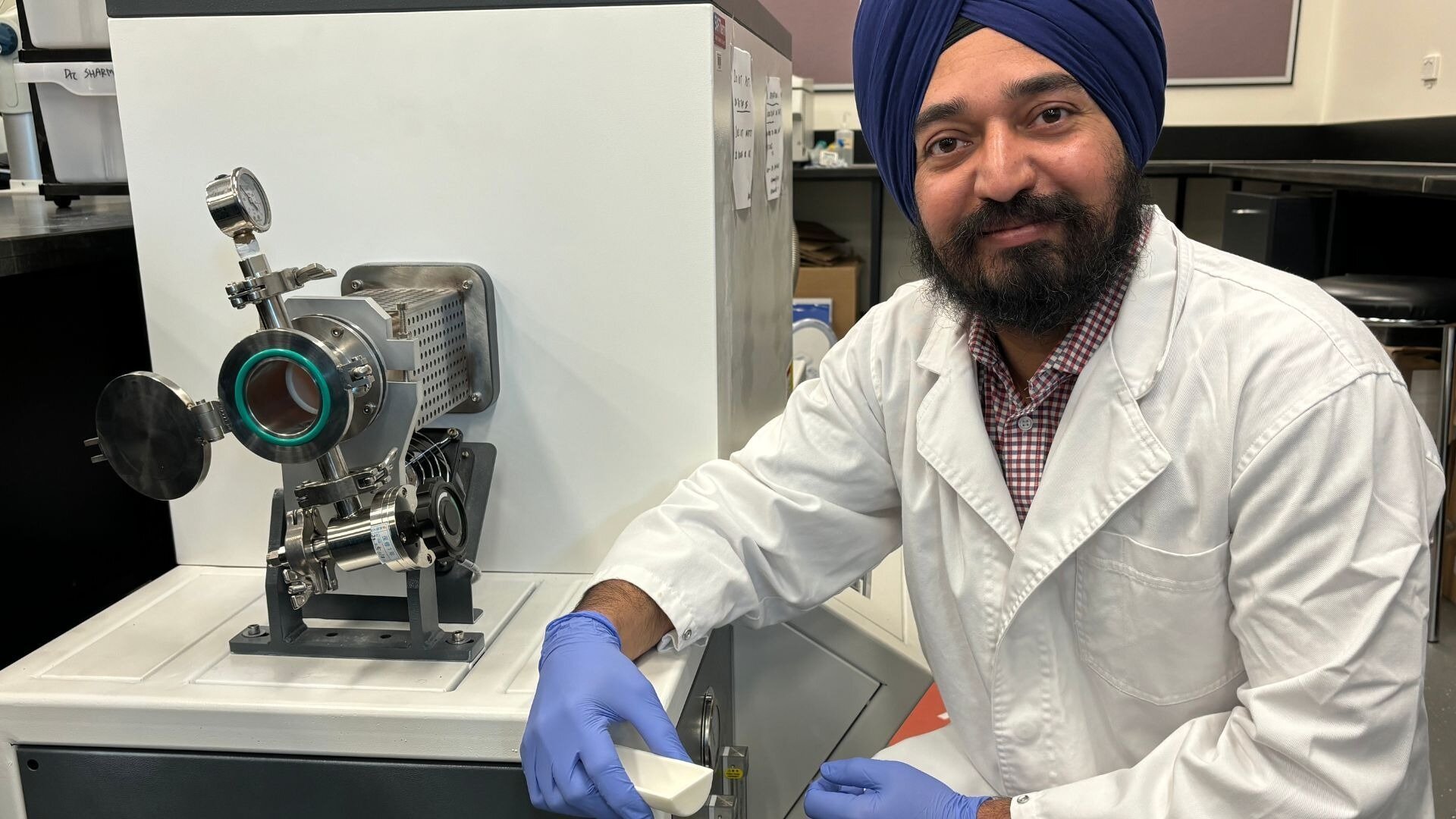
A team of researchers from the Australian University Harnessing the power of human hair As a key element for developing sustainable energy storage solutions as well as utilizing biological waste. doctor. Amadeep Singh Pannu, in collaboration with Professor Muhammad Siddiqui, discovered how to convert human hair into graphite, so that the material can then be used to make lithium-ion batteries.
The doctor said, “Energy needs are constantly increasing and countries are trying to switch to renewable energy sources.” Singh. “However, in order to achieve this transition, sustainable ways to store this energy are needed, so the need to develop storage materials with high energy density in a sustainable way is imperative. Graphite is a key material used as the negative electrode in lithium-ion batteries, and Produced in very few countries, the devices are affected by supply chain issues and geopolitical unrest, affecting the entire storage media manufacturing industry.
doctor. Singh pointed out that producing graphite sustainably from materials that are readily and locally available in Australia would greatly benefit the country's energy sector.
Moreover, as demand for electric and hybrid vehicles increases, the need for lithium-ion batteries follows a similar path. But Dr. Producing graphite for use in these batteries can cause pollution, because it involves the use of harsh chemicals such as hydrofluoric acid, Singh said.
“The richest environmental source of carbon, which is available in abundant quantities at any time and in any place, is human hair,” he said. “It is a very clean source, throughout the processes, with very few byproducts or negative effects.”
Sustainable Salons, an organization dedicated to keeping salon waste out of landfills, collects hair clippings from salons and pet services across Australia and New Zealand.
As of 2020, Paul Frasca, co-founder of Sustainable Salons, offers Dr. Singh used these hairs in order to conduct his research.
“We envision a future where hair is no longer considered waste, but rather a sustainable resource with enormous potential,” said Mr. Frasca. “What makes hair stand out is that it is an inexhaustible resource: hair is constantly growing! The prospect of using human hair to power our electric cars shows that a sustainable future has unlimited potential if we embrace the circular economy.”
In his previous research, Dr. Singh has been able to use hair to make flexible light-emitting diodes (LEDs), which are used in a number of technological products, but instead of heavy metals, the active material is extracted from human hair.
“This could really revolutionize how we achieve our CO2 emissions reduction targets” in the future, he said.
More information about the research can be found by those interested here.
-
1

“Total alcohol fanatic. Coffee junkie. Amateur twitter evangelist. Wannabe zombie enthusiast.”






More Stories
Is this what the PS5 Pro will look like? (Image)
Finally, Windows 11 24H2 update significantly boosts AMD Ryzen – Windows 11 performance
Heart Surgeon Reveals The 4 Things He ‘Totally Avoids’ In His Life